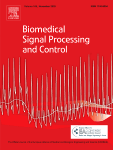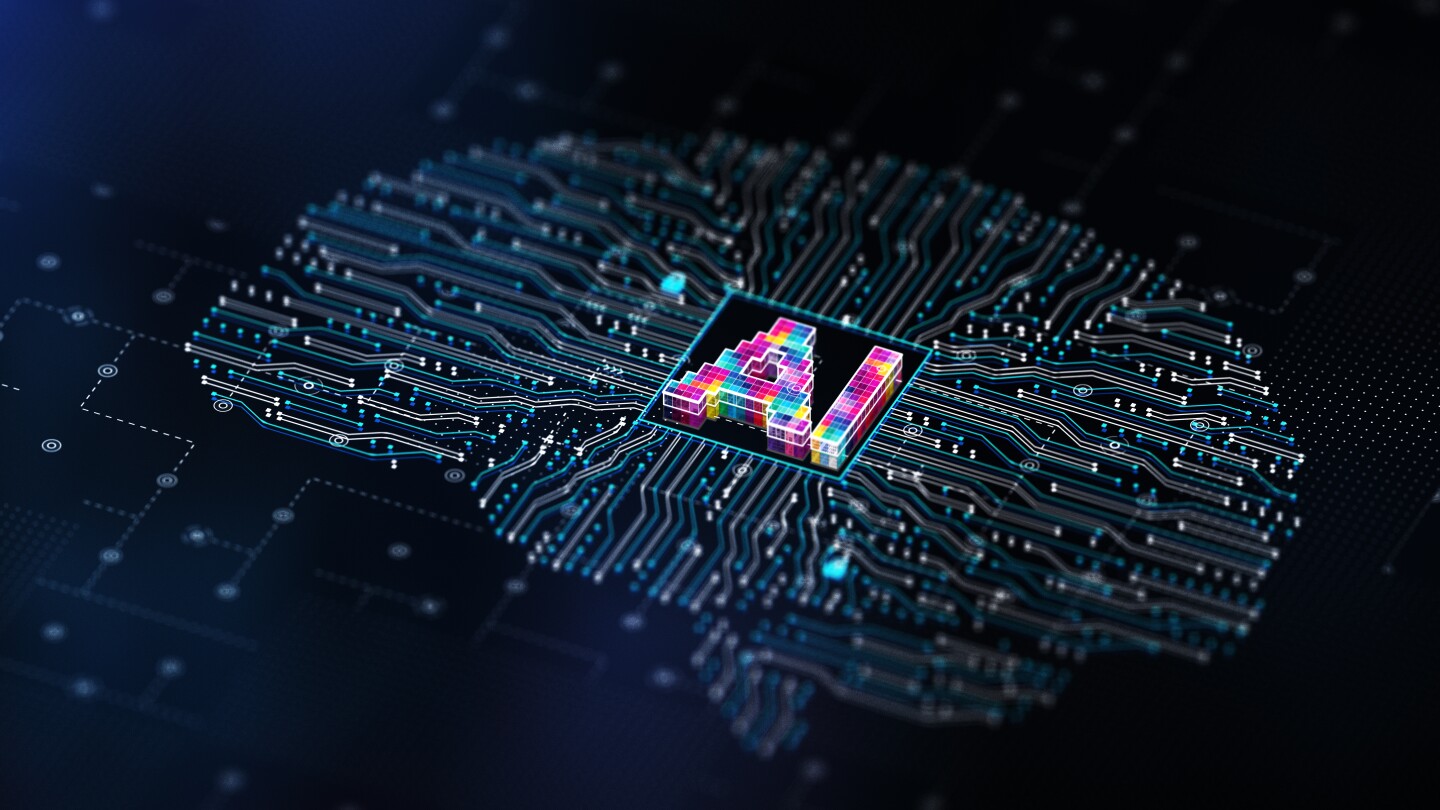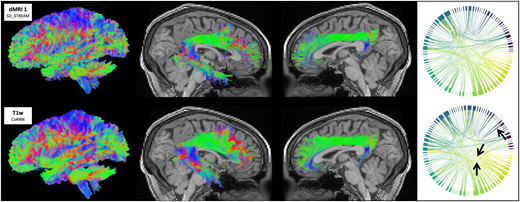Introduction Deep learning is an advanced machine learning technique based on artificial neural networks inspired by a human brain, especially featuring the capability to automatically extract complex patterns of data by multi-layer neural networks [1,2]. The neural network consists of input, hidden, and output layers. Unlike conventional machine learning algorithms, deep learning architectures have multiple
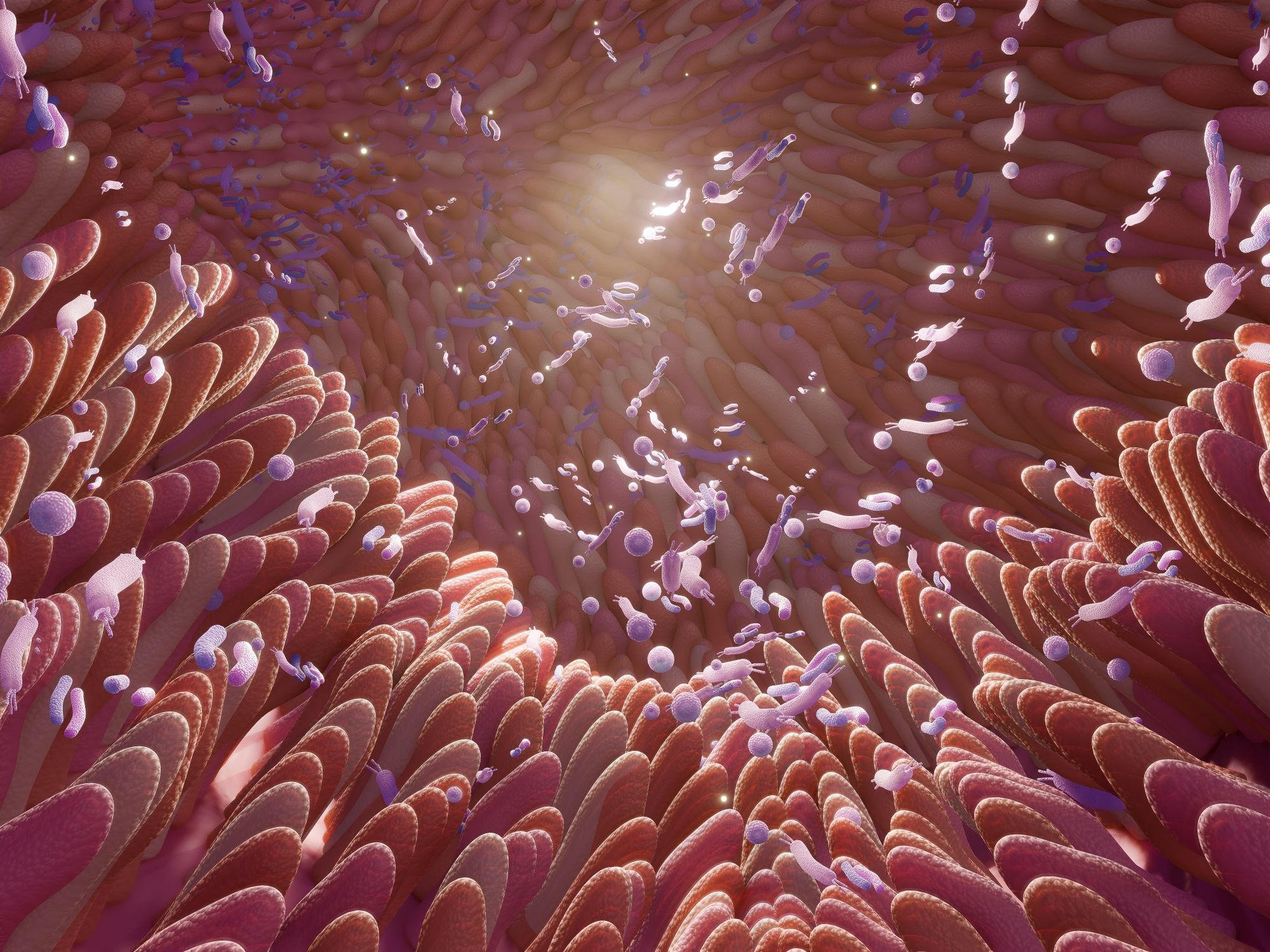
AI Decodes the Secret Language of Your Gut Bacteria – SciTechDaily
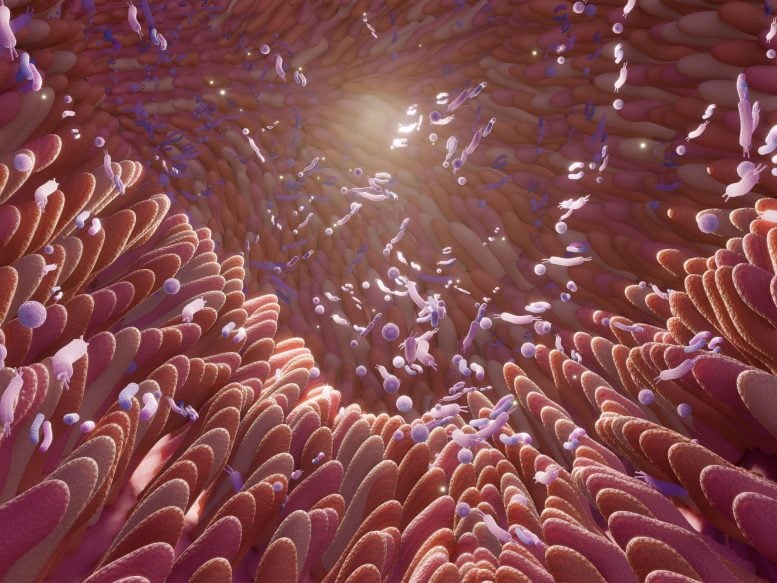
A neural network analyzes an extensive gut microbiome dataset to uncover insights into human health.
Gut bacteria play an important role in a wide range of health conditions. Their sheer diversity and the complexity of their interactions with both the body’s biochemistry and with one another make them difficult to study. In a new approach, researchers at the University of Tokyo applied a specialized form of “The problem is that we’re only beginning to understand which bacteria produce which human metabolites and how these relationships change in different diseases,” said Project Researcher Tung Dang from the Tsunoda lab in the Department of Biological Sciences. “By accurately mapping these bacteria-chemical relationships, we could potentially develop personalized treatments. Imagine being able to grow a specific bacterium to produce beneficial human metabolites or designing targeted therapies that modify these metabolites to treat diseases.” It may sound promising, but there is a major challenge. The sheer number and diversity of both gut bacteria and metabolites make the potential relationships between them overwhelmingly complex. Collecting data is already an enormous task, but analyzing it to uncover meaningful biological patterns is even more difficult. To address this, Dang and his team turned to advanced artificial intelligence (AI) tools for deeper analysis. “Our system, VBayesMM, automatically distinguishes the key players that significantly influence metabolites from the vast background of less relevant microbes, while also acknowledging uncertainty about the predicted relationships, rather than providing overconfident but potentially wrong answers,” said Dang. “When tested on real data from sleep disorder, obesity, and cancer studies, our approach consistently outperformed existing methods and identified specific bacterial families that align with known biological processes, giving confidence that it discovers real biological relationships rather than meaningless statistical patterns.” As VBayesMM can handle and communicate issues of uncertainty, it gives researchers more confidence than a tool that does not. Even though the system is optimized to cope with heavy analytical workloads, mining such huge datasets still comes with high computational cost; however, as time goes on, this will become less and less of a barrier to those wishing to use it. Other limitations at present include that the system benefits from having more data about the gut bacteria than the metabolites they produce; when there’s insufficient bacteria data, the
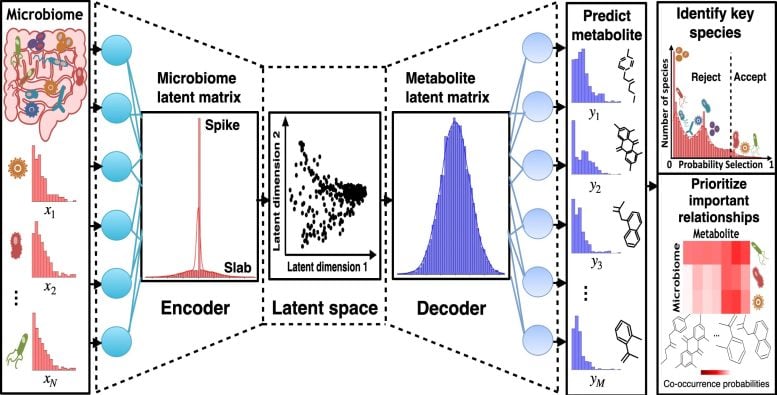
The challenge of complexity
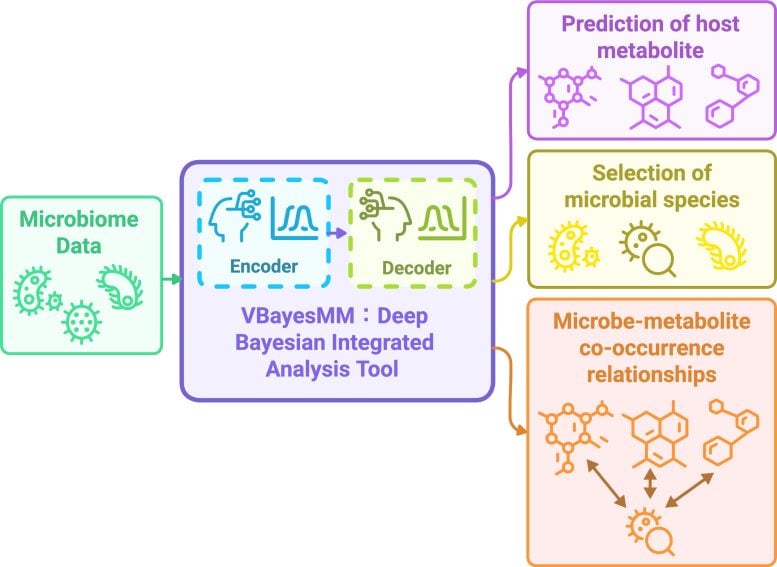
How VBayesMM tackles gut data
Share This

